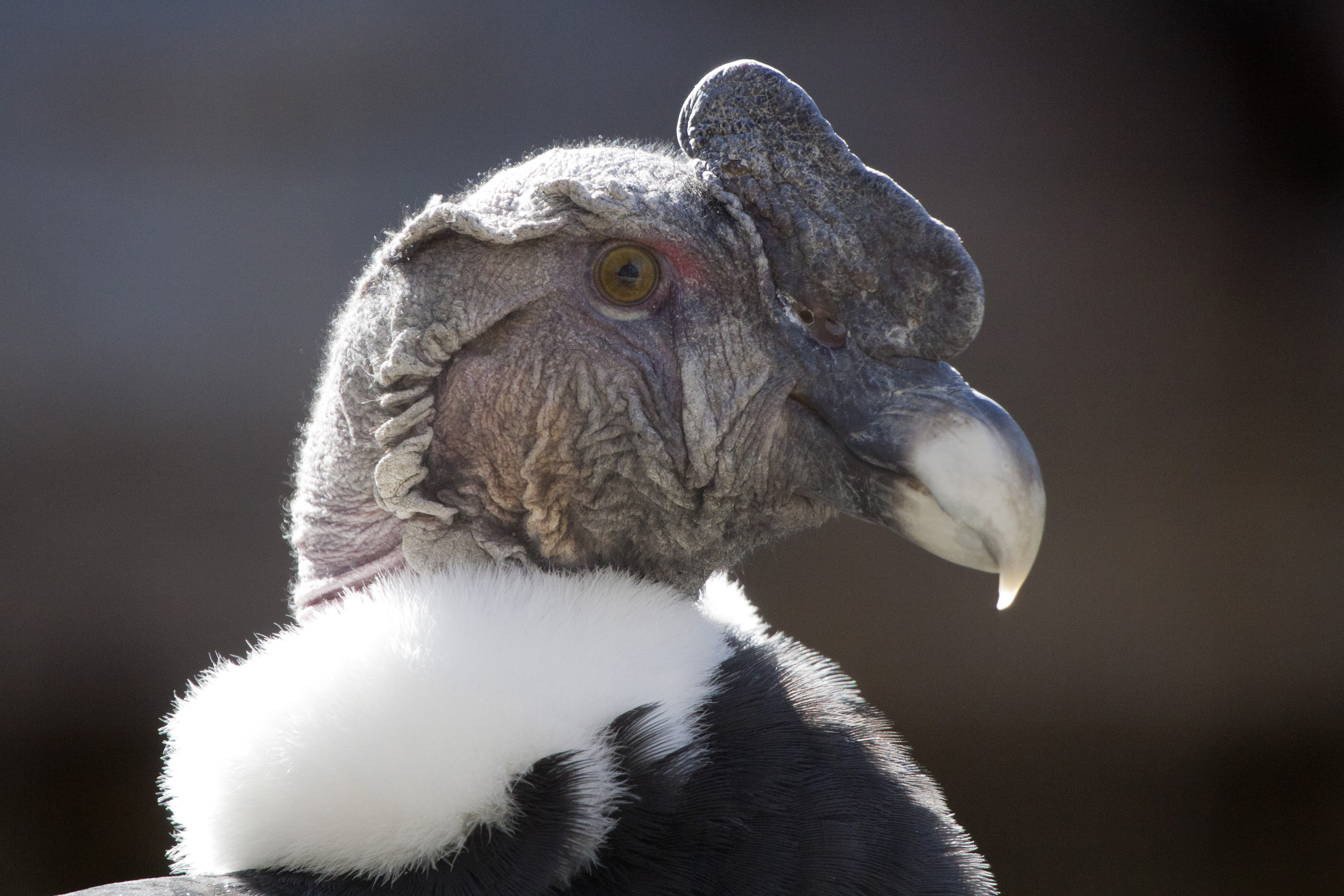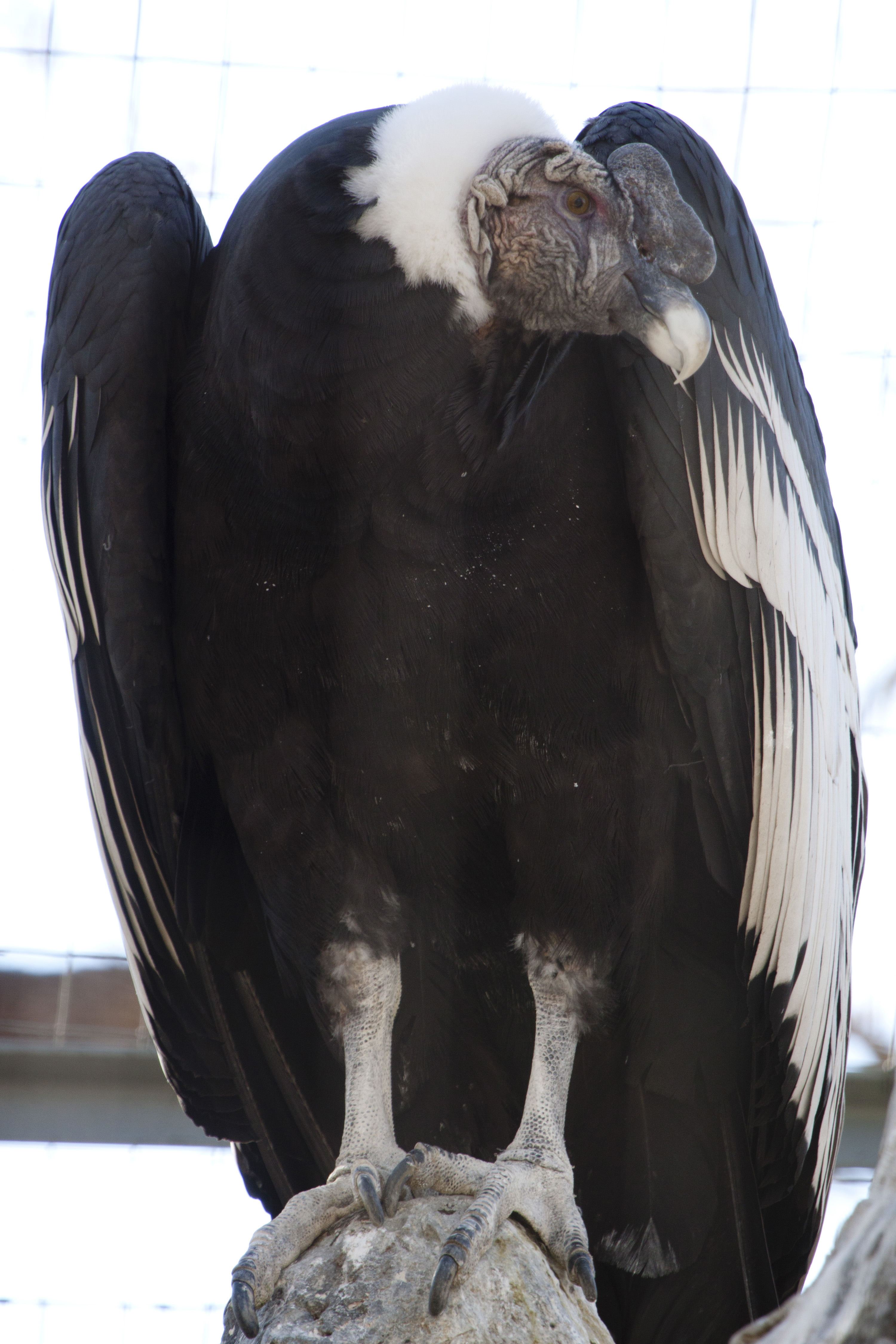
The Denver Zoo recently welcomed a new resident, dubbed Andy D., to their Andean condor exhibit. The 22-year-old joined resident condor Evita under the recommendation of the Association of Zoos and Aquariums, Species Survival Plan with the hope that sparks will fly between the two condors and the two will have chicks. So far things seem to be going pretty well between the two.
"Andy frequently can be seen displaying to Evita by holding out his huge wings, arching his neck and turning in circles so Evita can get a good look," said Denver Zoo curator of birds John Azua. "Hopefully, she likes what she sees and they'll have chicks."
Andean condors are the largest flying birds with a wingspan of up to about 10 feet (3 meters). In the wild, they can live to be 50 or 60, and sometimes live to even older ages in zoos. The Andean condor population is near-threatened, according tthe International Union for Conservation of Nature. The birds inhabit the Andes Mountains, ranging as far north as Colombia and south to Patagonia.
Two of Evita's four previous offspring have been released into the wild to help conserve the beautiful species.
Follow us @livescience, Facebook & Google+. Original article on LiveScience.
Get the world’s most fascinating discoveries delivered straight to your inbox.
 Live Science Plus
Live Science Plus







